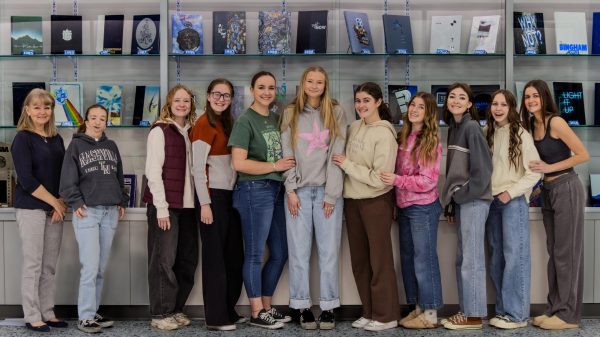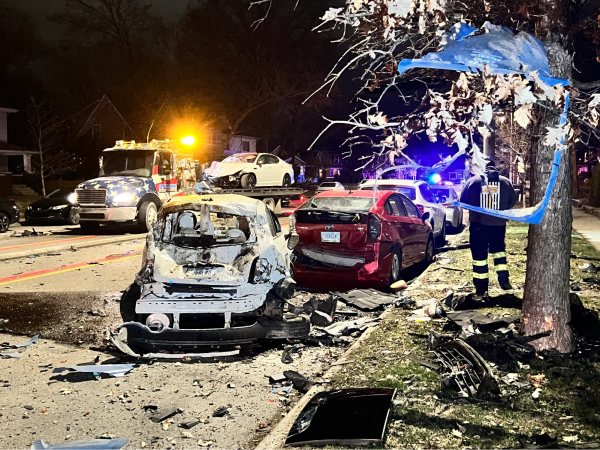3D Printed Houses
Photo by TU Delft Library
For some people, waiting months for a contractor to finish your house might be a thing of the past. Two companies are revolutionizing how houses are built, and it’s becoming much more common in developing countries.
Icon, the company that helps small businesses grow, and New Story, a non-profit organization, have joined forces to create a huge 3D printer called, “The Vulcan.” The Vulcan is a machine that can be transported by truck and assembled on any property. Once it is all put together, it starts 3D printing a house. In an article called “You can now 3D-print a house in under a day,” Mike Murray wrote that these two companies have come together with the goal of building homes for people in, “developing nations.” The first 3D printed house was built in Austin, Texas as a trial run. In less than 24 hours, they had completely assembled an 800 square foot house costing roughly $10,000. Using the Vulcan printer, these companies plan to take this idea to areas in El Salvador and Haiti where homes are expensive and scarce.
Unlike a normal 3D printer where it melts plastic strands to create shapes, the Vulcan spews out long strands of concrete in specific structural designs. According to Evan Loomis, one of the founders of Icon, “The strength of the printed walls is stronger than cinder blocks after a few days of hardening.” This process of assembling the 3D printer around the property of where you want your house makes homes more accessible, affordable, and cheaper. In a video done by Icon called, 3D Printed Homes for the Developing World, it showcases the house built in Austin, Texas. In the video, it says the company’s goal is to, “end global homelessness,” and that they plan to accomplish this by, “3D printing homes in less than 24 hours for families living in extreme poverty and unsafe conditions.”
On Icon’s website, it says the 3D printer is, “designed to function with nearly zero waste production methods and work under unpredictable constraints (limited water, power, and labor infrastructure) to tackle housing shortages.” This allows the printer to operate at its highest level while it is building homes in third world countries. Nearly all of the labor that goes into creating one of these houses is done by the printer, but it does take people to operate the machines. Icon plans to teach the locals how to run the machines so that it will create more job opportunities in their communities.
Icon and New Story are all about creating long-lasting, efficient homes that are safe for people to live in. They realize that everyone needs a place to feel safe, and comfortable in, but that a lot of times the options are too expensive. They hope to reach out to more poverty-stricken areas that do not have the resources or materials to have a place to call home. Through this new movement, they are tackling the homelessness problem one house at a time.

Baylee Vogler loves to play sports such as basketball and soccer and runs cross country. Hiking and...





